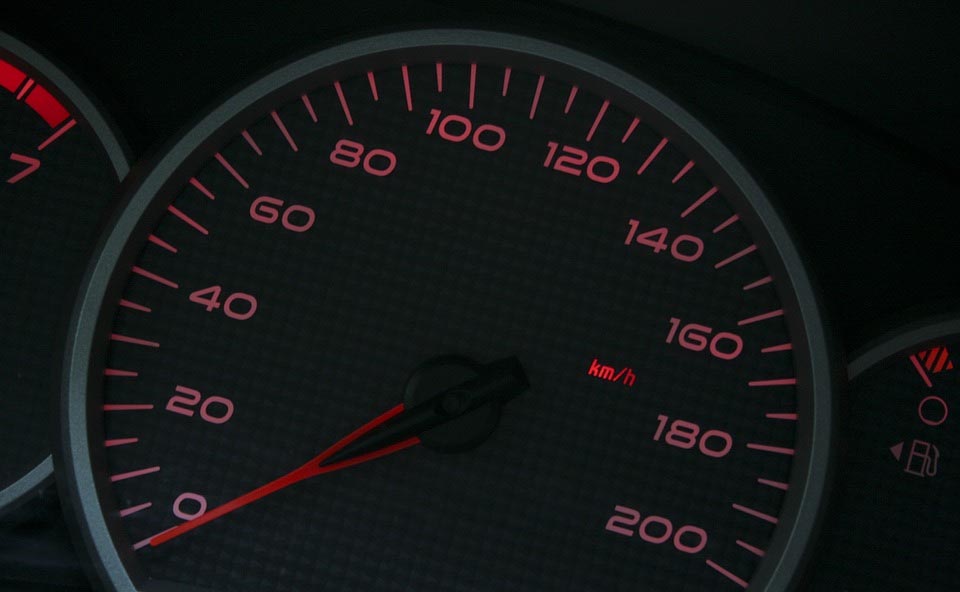There is a vast difference between Average and Mileage. But the most interesting thing is that what is the difference. People are confused often about average and mileage, so first of all to know that, it’s better to know about car mileage meaning and how it differs from average.
First of all, as written in the question, average and mileage have become so mixed in the behavior of the Indian soul that they should be included in the dictionary of every language and script. If mileage is being translated into other different languages, it will be average and profit. Now with that, we can understand the difference to some extent.
Mileage!!
Mileage is the distance covered by the vehicle per unit of fuel under certain conditions.
Or we can say that the distance covered by the vehicle in 1 liter of fuel under certain conditions is called mileage.
Every motor company always claims mileage in the vehicle and there are some conditions in the mileage such as the road surface should be smooth and straight and the vehicle should run at the same speed which means the speed of the vehicle should be constant.
The MPG (miles per gallon) or kilometer per liter.
It is to be noted that mileage is usually measured in two ways, first in the city and second on the highway. Mileage is always higher on the highway than in the city. It is also important which can be said that all automobile manufacturers only claim mileage.
Average!!
The distance covered by the vehicle Per Unit of Fuel without any particular condition is called Average. It does not have any condition for the road being smooth or straight.
When we buy a vehicle and drive it according to the road condition of our city, then the distance covered per unit of fuel is called the average of that vehicle.
To measure the average, fill the fuel tank full and reset your vehicle’s odometer to zero. When the tank is empty, take the reading of the odometer and divide it by the capacity of your vehicle’s fuel tank and the result will be your vehicle’s average.
Average means the speed at which you drive the vehicle continuously to cover a certain distance, keep in mind that there should be one thing. You can understand it in such a way that if you travel from Lucknow to Delhi at 60 km ph, then after reaching you told your friend that you always kept the speed of your motorcycle at 60 km ph. Neither less nor more. It may be sometimes 70, sometimes 40 but when adding it is only 60.
So now comes the main part. Suppose the capacity of your car is 100 cc and that of your friend is 150. Both of them are back to Lucknow from their respective vehicles, so you burnt 2000 petrol and your friend burnt 4000 because of the high capacity, you burn more petrol. So the only profit you have saved in these 2000 rupees is the mileage.
This is just to explain mileage and average in simple language.
There is another way to explain the difference between them by talking about mileage and average in brief.
Mileage
1. Mileage is known as the distance covered per unit of fuel by the vehicle under some specified conditions on road.
Some of these conditions are:
- The road surface should be smooth, almost with no traffic, and straight.
- The vehicle must be driven at a constant speed.
2. In most of the time mileage is measured in MPG (miles per gallon) or in KMPH (kilometer per litter).
This, mpg into kmph by multiplying mpg by 0.42.
- 1 mpg = 0.42 kmpl (US gallon)
- 1 kmpl = 2.35 mpg (US gallon)
3. One can measure mileage in the below ways:
- Mileage in the city.
- Mileage on the highway.
4. Mileage on the highway is always greater than mileage in the city.
5. All automobile manufacturers claim only mileage.
Average:
1. Average is basically a distance covered per unit of fuel by the vehicle with no specified condition. It is also measured in mpg (miles per gallon) or in km (kilometer per litter) like mileage.
2. When a customer buys a vehicle and runs it for a few days then the distance covered per unit of fuel under the road condition of the customer’s city or any other place is called average for that vehicle.
3. For measuring the average one needs to make the tank full. Also, reset the odometer (distance measurement meter) of the vehicle to zero. Read the odometer, once the tank becomes empty. Divide the reading by your vehicle’s fuel tank capacity. This would give you the average that your vehicle generates.
4. Average is always smaller than mileage.
Read Also:
- Premium petrol vs normal petrol: Which one should you prefer?
- Best Low Maintenance Bikes in India
- Hyundai’s Fastest Cars in India

